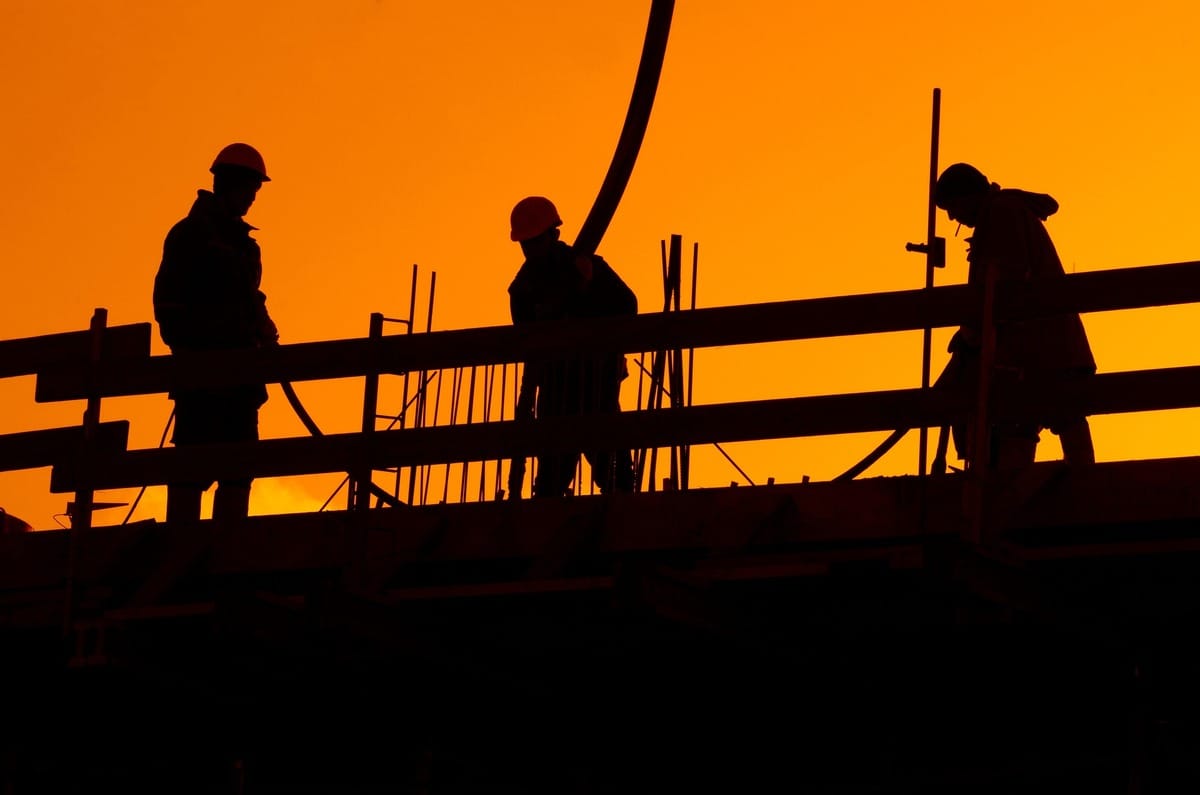- Full Brim Safety
- Posts
- The Importance of Near Miss Reporting
The Importance of Near Miss Reporting
Full Brim Safety: Build Smart, Build Safe

The Importance of Near Miss Reporting
Welcome back, let's Build Smart & Build Safe! Yesterday, we introduced Behavior-Based Safety and the power of observation. Today, we're focusing on one of the greatest tools in any safety program: Near Miss Reporting.
A Near Miss is an unplanned event that did not result in injury, illness, or damage—but had the clear potential to do so. In other words, a near miss is a free lesson that only costs you a few minutes to report.
Every Near Miss is a Systemic Warning
A Near Miss should never be celebrated as a "lucky break"; it should be treated as a warning sign. The root cause of the close call is often the same underlying failure that causes a major injury.
For example, if a worker nearly trips over an extension cord that was improperly draped across a walkway, the near miss isn't just about the cord; it's about a failure in:
Housekeeping: The cord wasn't properly managed.
Training: The worker who placed the cord didn't follow the clear pathway rule.
Supervision: The hazard wasn't caught during a site walk.
Reporting the near miss allows the entire team to fix these failures before someone actually falls and gets hurt.
Fostering a Blame-Free Reporting Culture
For a Near Miss program to work, workers must feel safe and encouraged to report without fear of punishment or ridicule.
Non-Punitive: The focus must be on the event and the system, not the person. If a worker is penalized for reporting that they almost did something wrong, they will never report again.
Simple Reporting: The process for reporting must be quick and easy (e.g., a simple phone app, an accessible digital form, or a drop box). Complexity discourages participation.
A strong safety culture sees near misses not as problems, but as invaluable data points. When a company acts on near miss reports, it sends a clear message that worker input is valued and that safety is truly paramount.
Tomorrow, we'll discuss the proactive role of peer observation and intervention.
Please share us with your friends for a daily dose of construction safety tips!
-The Safety Man
